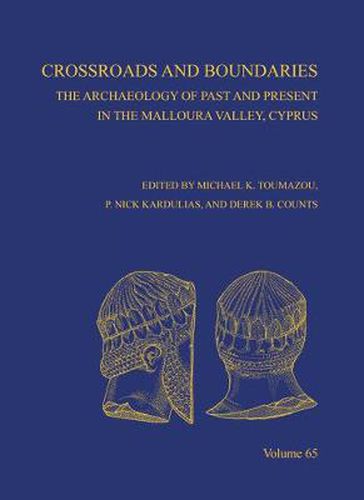Readings Newsletter
Become a Readings Member to make your shopping experience even easier.
Sign in or sign up for free!
You’re not far away from qualifying for FREE standard shipping within Australia
You’ve qualified for FREE standard shipping within Australia
The cart is loading…






Includes 167 figures, 16 tables and 2 maps.
Since 1990, the Athienou Archaeological Project (AAP) has investigated the Malloura valley on the edge of the central Mesaoria plain near the modern town of Athienou, Cyprus. Excavations have concentrated on the Archaic-to-Roman sanctuary and the adjacent settlement and cemeteries at the ancient site of Malloura. Survey in the Malloura valley has revealed other sites ranging from Aceramic Neolithic through Cypro-Classical, Roman and Late Medieval up to hamlets abandoned only in the 20th century. This research has focused on how successive rural populations in the Malloura valley have adapted to local environmental changes and shifting political tides in the region, and how this adaptation is reflected in the archaeological, historical, and ethnographic record recovered by the project and reported in this volume.
$9.00 standard shipping within Australia
FREE standard shipping within Australia for orders over $100.00
Express & International shipping calculated at checkout
Includes 167 figures, 16 tables and 2 maps.
Since 1990, the Athienou Archaeological Project (AAP) has investigated the Malloura valley on the edge of the central Mesaoria plain near the modern town of Athienou, Cyprus. Excavations have concentrated on the Archaic-to-Roman sanctuary and the adjacent settlement and cemeteries at the ancient site of Malloura. Survey in the Malloura valley has revealed other sites ranging from Aceramic Neolithic through Cypro-Classical, Roman and Late Medieval up to hamlets abandoned only in the 20th century. This research has focused on how successive rural populations in the Malloura valley have adapted to local environmental changes and shifting political tides in the region, and how this adaptation is reflected in the archaeological, historical, and ethnographic record recovered by the project and reported in this volume.